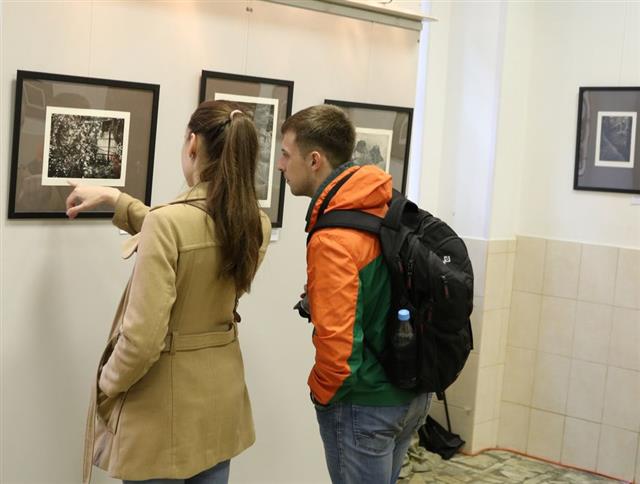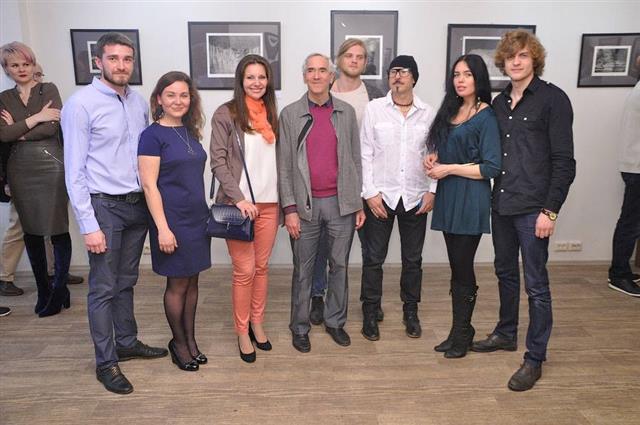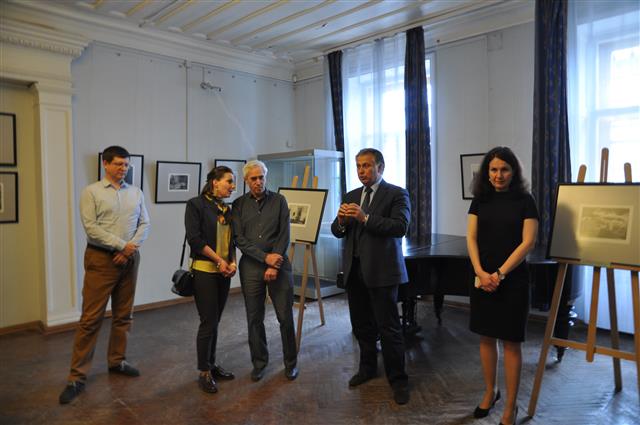
1. We are constantly in transit, everyone. We can think of this as uncertainty or opportunity. This lack of fixed certainty, this unceasing moving around, is in reality a search for improvement of ourselves, our environment, and their mutual adaptation. It is our natural condition, ending only when we have stopped searching. Being always in transit, then, is something to cherish and enjoy.
2. The conquest of distance was one of the first elements of civilization, the extension of human society beyond local limits. So wrote the historian Fernand Braudel. Nomadic people traversed vast distances on foot and by horse, in pursuit of both war and commerce. Trade gave rise to the Silk Road, that network of caravansaries linking Europe with Asia. The democratization of these inter-continental trade routes by rail made it possible for people of ordinary means to experience foreign lands routinely. The fractal replication of these routes in cities enabled local commerce to beneft from international links. Urban electric transport, which this Museum celebrates, is thus part of our common culture.
3. Those who attack public transport pay homage in their perverse way to its civilizing power, its ability to link diverse peoples over distances great and small. We honor that heritage with this exhibit, as we remember the victims of the recent attack here, the bravery of the transit workers who brought survivors to safety, and the great spirit of St Petersburg that brought forth mutual assistance of all to all in hard times. As a visitor, I am grateful to be allowed to take part in this wonderful community during my own time in transit.

С 17 мая по 18 июня в Музее городского электрического транспорта пройдет выставка фотогравюры Питера Миллера «In Transit». Проект стал частью программы XVII фестиваля «Японская весна в Санкт-Петербурге» и приурочен к Году экологии в России.
На выставке будут представлены более 20 уникальных работ, выполненных в технике фотогравюры. Питер Миллер — один из немногих художников в мире, работающих в этой сложной технике. Темой выставки стали размышления автора на тему перемещения в широком смысле слова – как в пространственном и временном, так и в ментальном.
По словам автора, каждый человек находится в постоянном движении, но цели могут быть разные – к неопределенности или к возможностям, улучшению себя и среды. Это естественное состояние человека, которое останавливается только со смертью. На выставке представлены работы с изображением транспорта в родном городе художника — Питтсбурге, а также в Иркутске, Риме, трамвайных проводов в Сан-Франциско, речного транспорта в Питтсбурге и Москве. Городской транспорт не исчерпывает тему перемещения, именно поэтому появились работы с дикими тропами и мостами в Японии, Непале, Монголии, Франции и Италии.
Сфинксы и Исаакиевский собор в Петербурге – это символы путешествия во времени. По словам Питера Миллера, транспортные системы являются живыми элементами нашей общей культуры. Враг начинает нападения именно с систем коммуникации – дорог и транспорта, чтобы уничтожить противника изнутри. Все работы Питера Миллера выполнены в технике фотогравюры. Более 25 лет автор возрождает сложнейшую технику, изобретенную в XIX веке и соединяющую гравюру и фотографию. С ее помощью он создает произведения высочайшего художественного уровня. Филигранные работы проходят долгие стадии от фотографии до офорта. В результате этой уникальной и кропотливой работы получаются монохромные изображения, обладающие поразительной воздушностью, атмосферой старых японских кинофильмов и фотографий эпохи Мэйдзи (рубеж XIX-XX вв.).
Большое влияние на П. Миллера оказали китайская и японская эстетика и философия. Его работы наполнены необычайной глубиной, концептуальным обобщением мимолетных явлений природы и повседневной жизни. Задачам создания художественного образа подчинена и сложная техника фотогравюр, сочетающая в себе своеобразную текстуру и тональность.
Куратор - Юлия Спиридонова
This daily miracle of coming and going, this endless flow, this transmigration of souls from home to work and back again, their private quests merging into larger or smaller purposes of livelihood, continuity, service -- this evening gathering a communion of strangers bound together in a common enterprise, hurtling through space in a common direction, illuminated against the night sky as if hitching a ride on a ray of light, this glow-worm clinging to a rail, pregnant with travelers who will soon emerge and -- another miracle! -- sort themselves into their own shelters, not one in 10,000 embracing the wrong wife or hugging the wrong children. Everyone on the train has their own story, and each story is different, their secret sorrows, missed chances, regrets, their private joys, all-too-brief moments of happiness, accomplishment (recognized by others, or not), giddy delights that nobody else understands, weird attachments and obsessions unexplainable even to themselves. At intervals of five or 10 minutes these wheeled crates of fools and sages -- each quirky individual being both fool and sage -- these mind-boggling multitudes of eccentricity, go trundling off into the night...
It's a great pleasure to bring old and new friends together here at Fossart Gallery, which I am very grateful to for hosting this exhibition. Special thanks to Curator Yulia Spiridonova who organized two exhibitions in addition to this one. Those of you who would like to do the complete tour of my photogravure etchings currently in St Petersburg are welcome to visit the Transport Museum and the Roerich Museum exhibits as well. Each is different.
In the three weeks I've been living in St Petersburg, I have visited, again thanks to Yulia, many artists' workshops -- those private spaces where the creative and practical work of making treasures is done. Visual artists, you know, try to see beyond words, and I will use only a few words today. We connect inner experiences with the external world. Among the artists of St Petersburg -- and those I've met are only a few of those who live here -- these inner experiences are especially well-developed, perhaps partly because of the cold weather that sometimes continues into June! But this city also has a liveliness and energy that brings people here from all over Russia and from all around the world.
In my case, Pennsylvania (U.S.A.)-born, 36 years in Japan, the community of artists and art people here in St Petersburg offers a sympathetic environment for all sorts of experimental practices. Not all of them are successful of course, but the common culture here tells us we're not crazy to pursue our inner experiences wherever they lead us. It takes a certain independence, and, let's face it, some stubbornness, and actually courage, to create forms out of personal thoughts that defy logic or rational analysis, which yet make a different sort of sense that can be seen at a glance.
My own experiments fuse these inner moments with an absurdly demanding technique, photogravure etching, that is unforgiving of the slightest error. Invented in Europe in the 1820s, it was practiced avidly for a century and then forgotten, later re-discovered by a few practitioners in the 1970s. The concentration it requires is akin to a Zen discipline, and viewers may find in these prints a purity that serves as a refuge from the distractions that pervade all our lives. The simplicity of black-and-white awakens a sense of depth, texture, and tone, that merges into both remembrance and anticipation. Let these reflections end my words, and begin this exhibition.

Photo by Alex Vlil
Peter Miller «REFLECTIONS» 2 июня 2017г. Фотогравюра Питера Миллера «REFLECTIONS». Галерея "Fossart". Санкт-Петербург, ул. Большая Морская, 19.
В галерее Fossart при поддержке креативной лаборатории ArtModex открылась выставка фотогравюры Питера Миллера «REFLECTIONS». На выставке представлены уникальные работы, выполненные в авторской технике фотогравюры. ///. Reflections — многозначное понятие, это отражение, рефлексия, размышление, отблеск, обдумывание, раздумье, тень, образ. Название выставки «REFLECTIONS» максимально точно передает философию Питера Миллера. Его работы наполнены необычайной глубиной, концептуальным обобщением мимолетных явлений природы и повседневной жизни, попыткой запечатлеть вневременное. Произведения высочайшего художественного уровня обладают поразительной воздушностью и отсылают зрителя к атмосфере старых японских кинофильмов и фотографий эпохи Мэйдзи (рубеж XIX-XX вв.). Фотографии, ставшие основой для фотогравюр выставки «Reflections», сделаны художником в Японии, России, США, Непале, Финляндии, Италии. ///. Уникальность фотогравюры по сравнению с другими видами печатной графики заключается в фактурности оттиска — он может быть зернистым или, наоборот, гладким в зависимости от глубины проникновения туши в волокна бумаги. Во-вторых, тоновая палитра позволяют передать тончайшие оттенки чёрного и белого. Все это придает фотогравюре эффект трёхмерности и поразительной глубины изображения, а сами работы становятся уникальной графической формой, наиболее близким аналогом которой является меццо-тинто. == 1782_FossArt_Peter Miller
We have very little chance to connect with our inner lives, which follow a different course and a different pace from that of the world around us. If this 'inner life' is neglected, then everyday experience becomes discordant and stressful. In focusing on some momentary observations, I try to slow things down so that they -- these external realities -- correspond with what is 'really going on', our own momentary, fleeting, evanescent responses.
Few things are more important than cultivating imagination, creating a receptive space in our consciousness for those fleeting illuminations of 'inner light'. Graphic art presents reminders of such moments 'at a glance', enabling them to be cherished, explored, enlarged upon. It is there that those chance moments of reflection occur, stimulated perhaps by a piece of overheard music, or a face veiled by a gossamer curtain, a flower, a passing tram, a cloud, a memory from 10 years ago. This 'inner light' is the source of all creativity..
Visions experienced in solitude such as those that came to Nicholas Roerich during his travels through central Asia. The quickly changing moods of mountain light and atmosphere echo this inner light.

Contact ・ 連絡: Please type  into your email (日本語 OK).
into your email (日本語 OK).